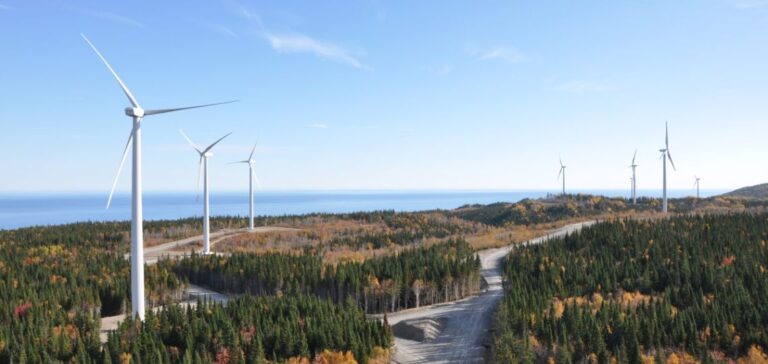Innergex, a major player in the renewable energy sector, recently unveiled a tax equity investment for its Boswell Springs wind farm project. Located in the United States, this wind farm represents a strategic initiative to maximize the company’s tax optimization while enhancing its position in the U.S. market.
Tax equity allows Innergex to structure its investments in a way that reduces tax liabilities while increasing returns on its renewable energy projects. This operation is particularly advantageous in the current context of high demand for renewable energy in the United States, where the energy transition remains a core concern. By reducing its tax costs, the company can free up more capital for other large-scale projects.
The financial returns from this type of tax strategy also allow Innergex to maintain a positive cash flow, essential for supporting the expansion of its portfolio. The Boswell Springs wind farm, which is part of the company’s ongoing projects, is therefore positioned as a key element in consolidating its long-term growth objectives in the renewable energy sector.
A tax investment model serving profitability
Tax equity is a common strategy among large investors in the renewable energy sector. It redistributes the tax benefits from tax credits or incentives, thereby increasing the profitability of projects while meeting the profitability requirements of investors. Innergex, with its investments in wind and solar farms, continues to demonstrate the effectiveness of this model in generating attractive returns in an increasingly competitive market.
This model is particularly relevant for companies like Innergex, which seek to diversify their portfolios while optimizing their financial structure. Thanks to these strategic investments, the company is able to capitalize on tax advantages while pursuing its growth ambitions.
The central role of renewable energy in Innergex’s strategy
Founded in Quebec, Innergex is one of the leaders in the renewable energy sector, with a particular focus on wind and solar power. The Boswell Springs wind farm is part of its diversification and growth strategy in the United States, a key market for the company. The commitment to such projects demonstrates the strength of its long-term strategy, which focuses on profitability and reducing the carbon footprint of global energy systems.
The tax equity investment is a reflection of the company’s ability to navigate a complex environment, maximizing opportunities while minimizing tax and financial risks. These decisions allow Innergex to reinforce its commitment to projects that, while profitable, contribute to the expansion of renewable energy on the international market.






















